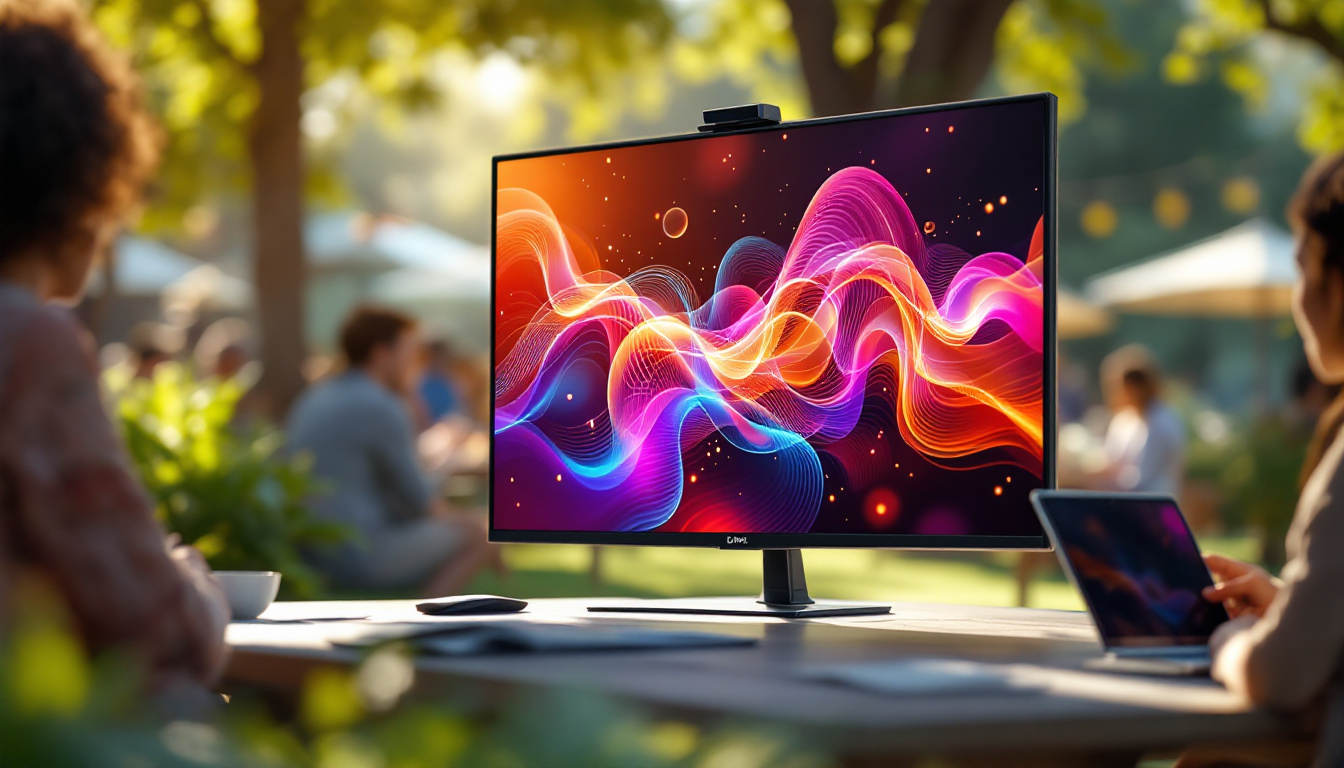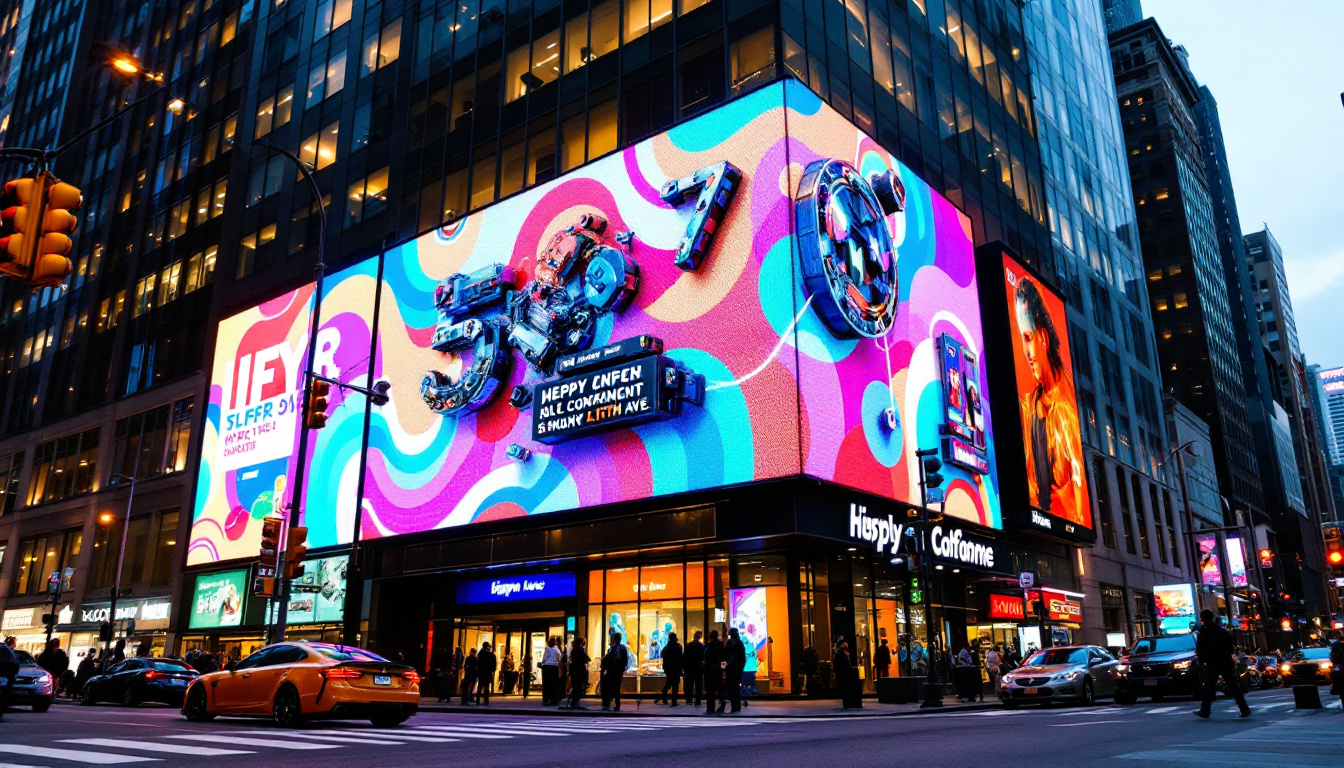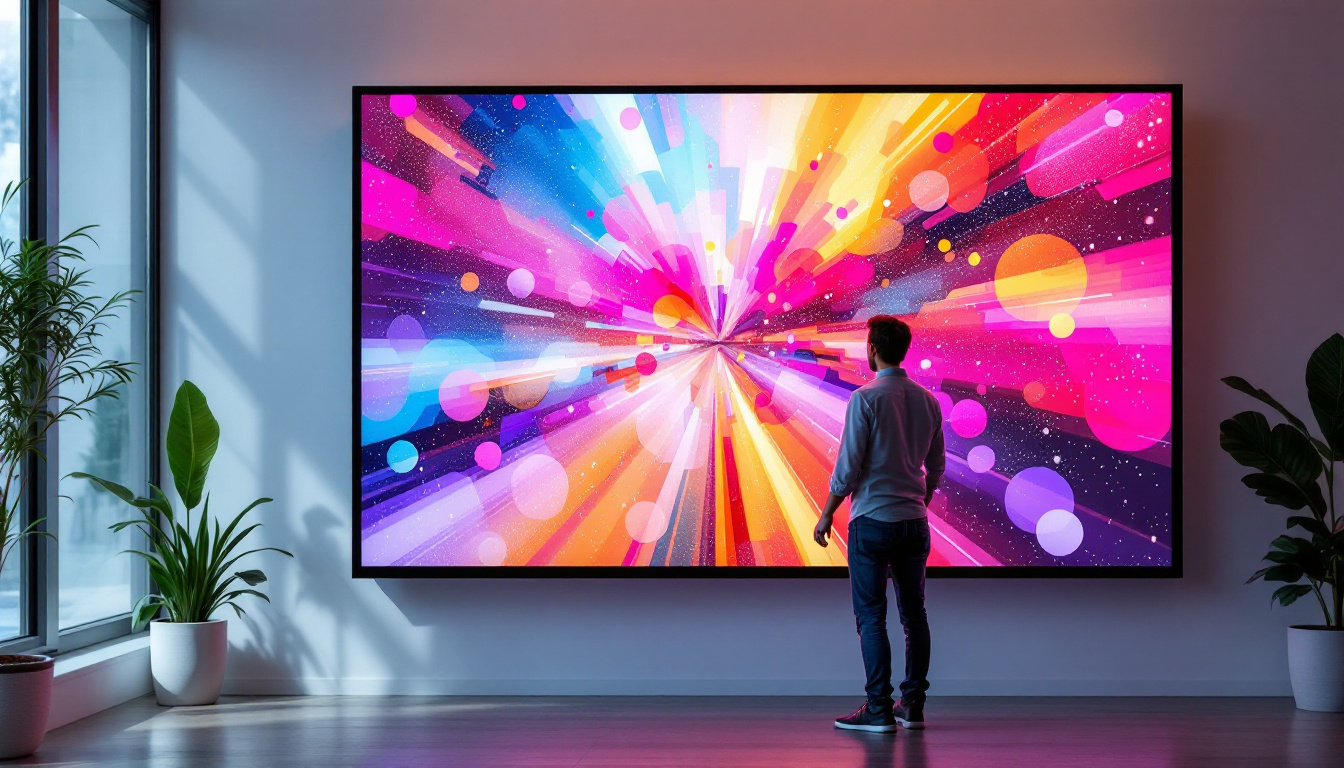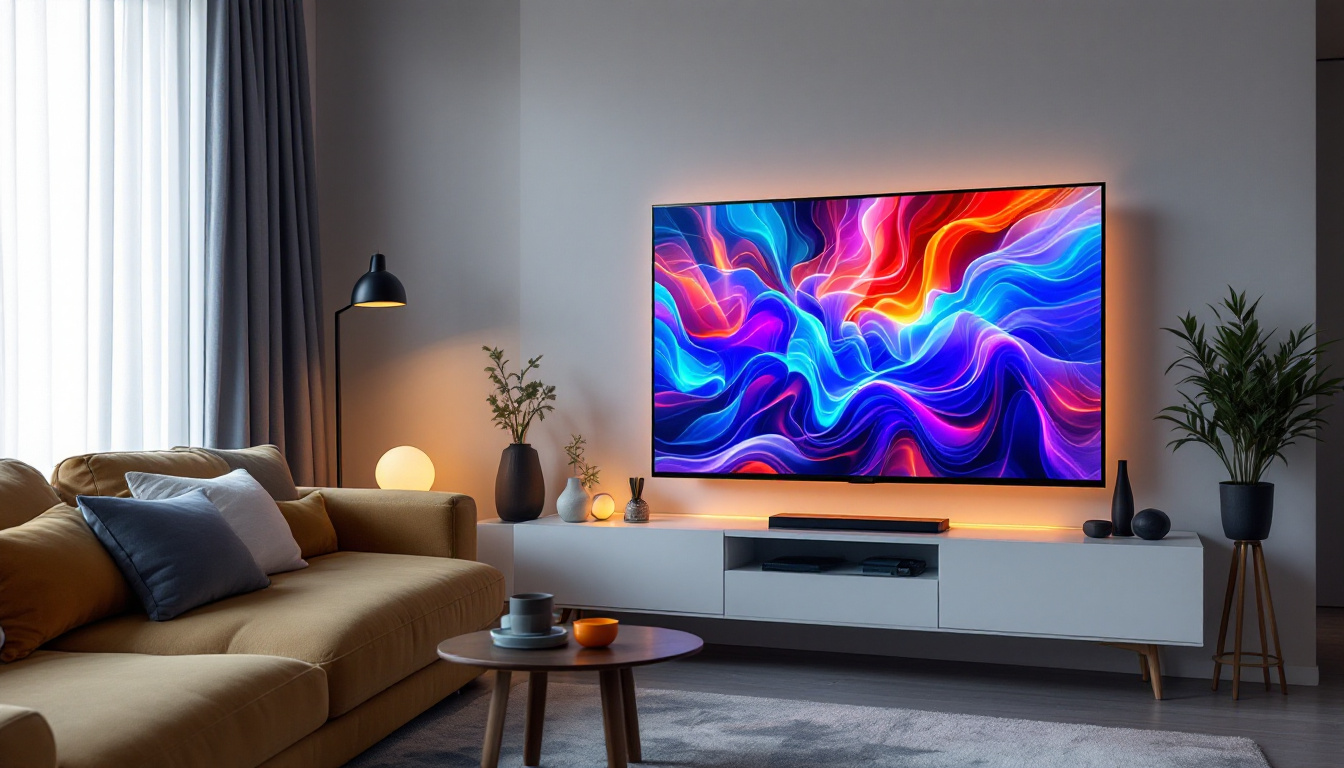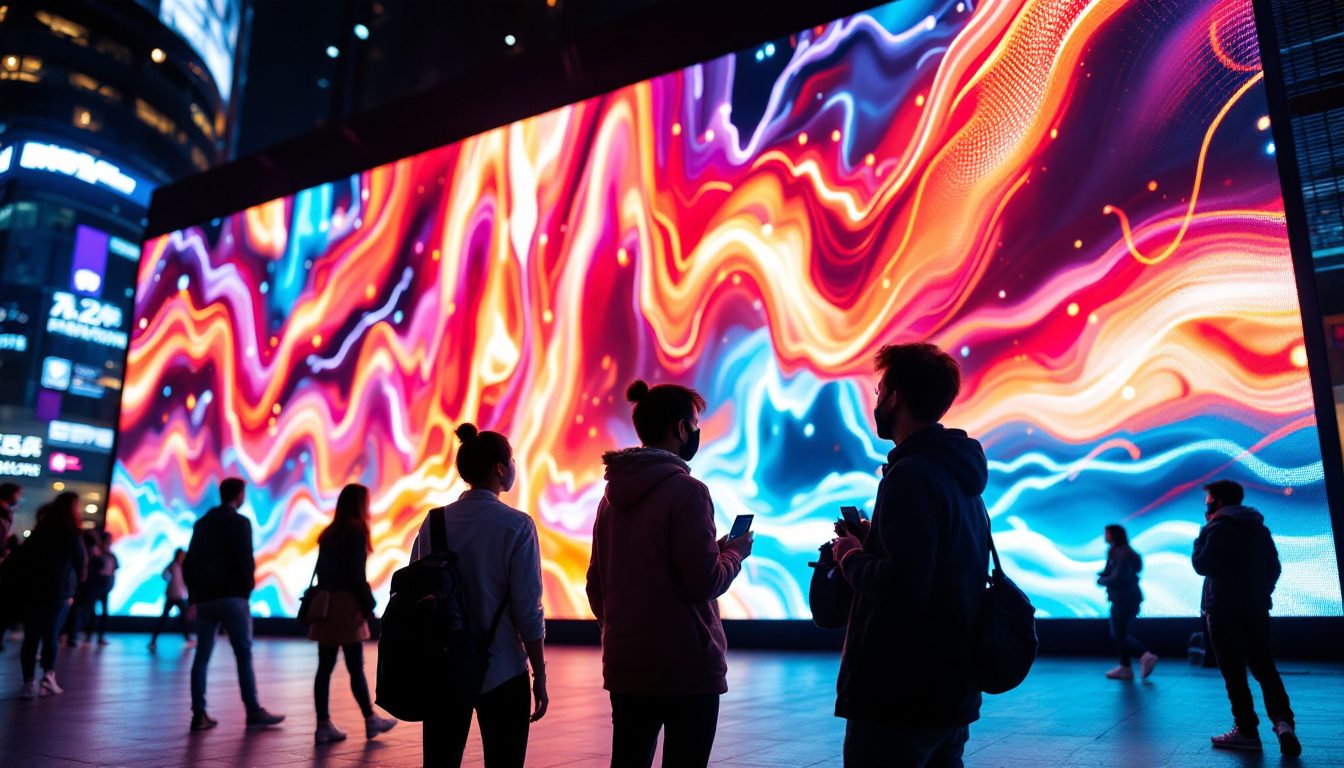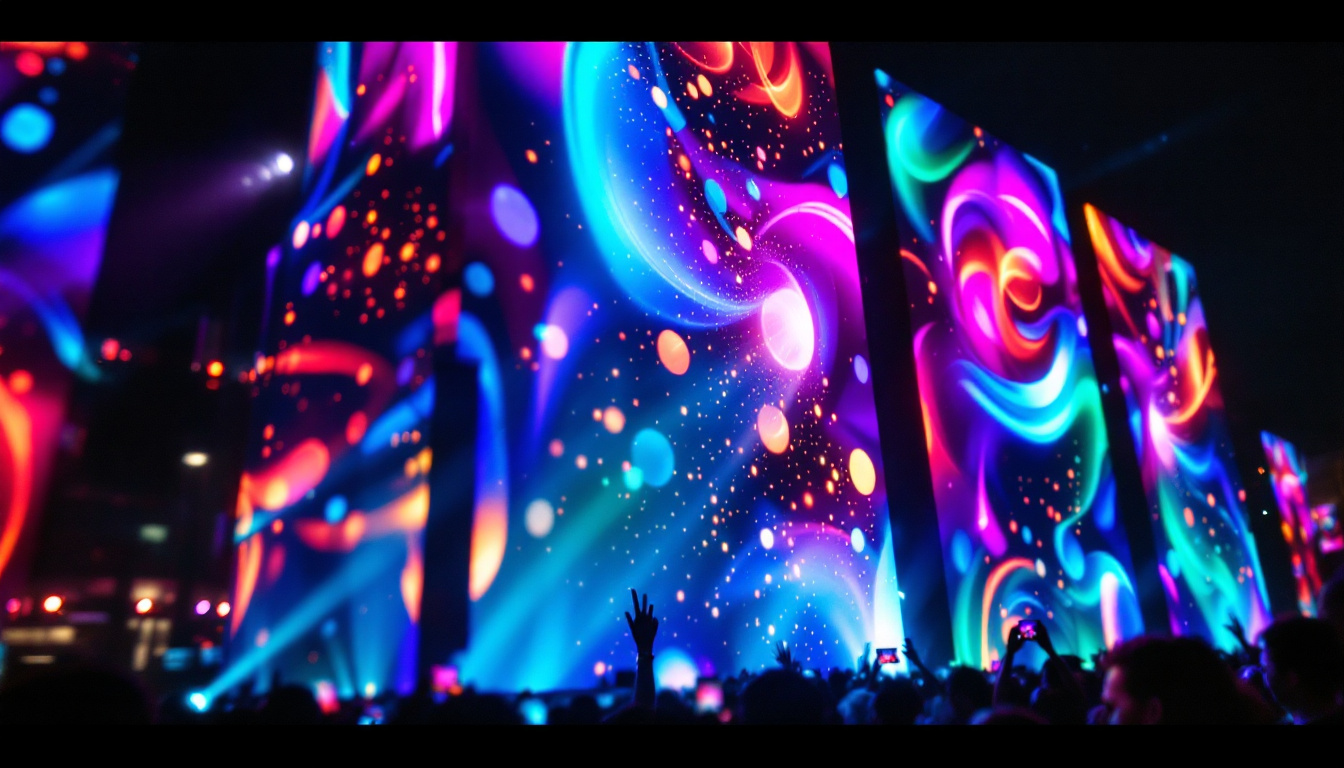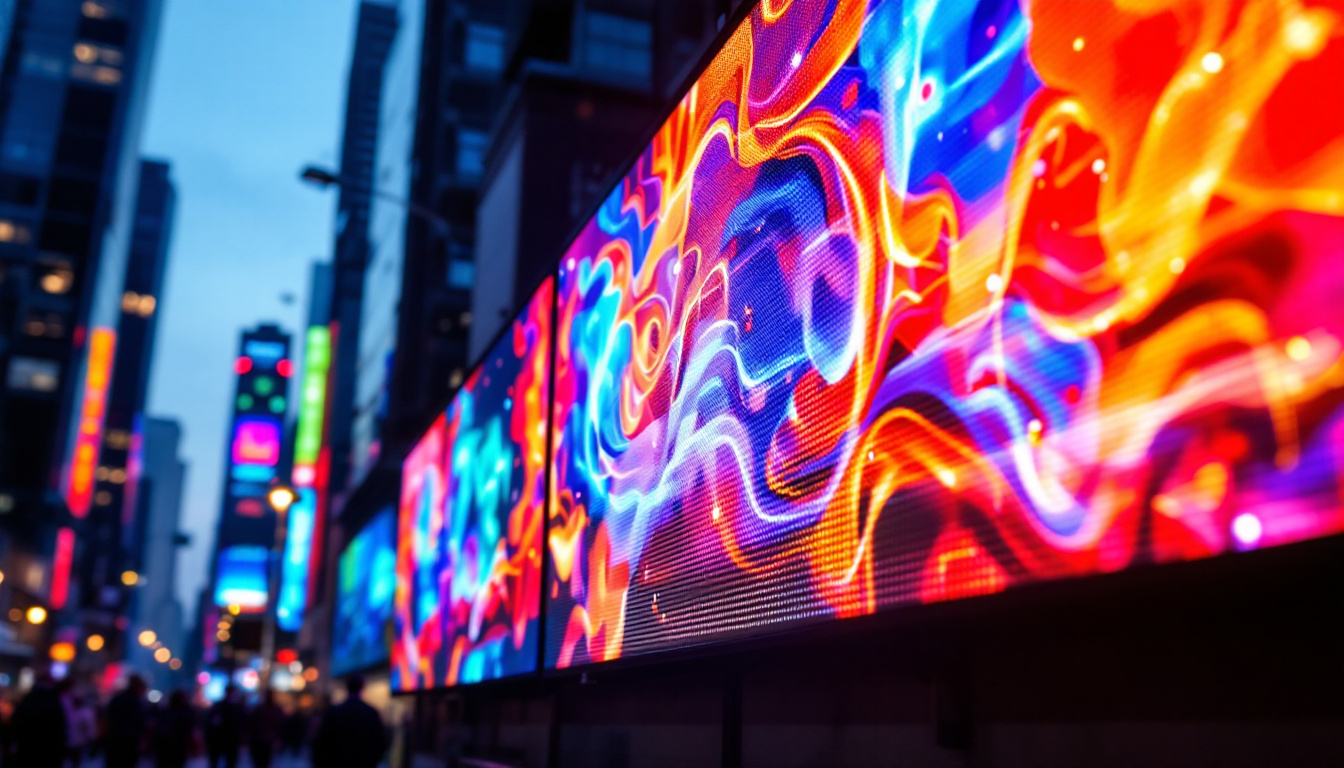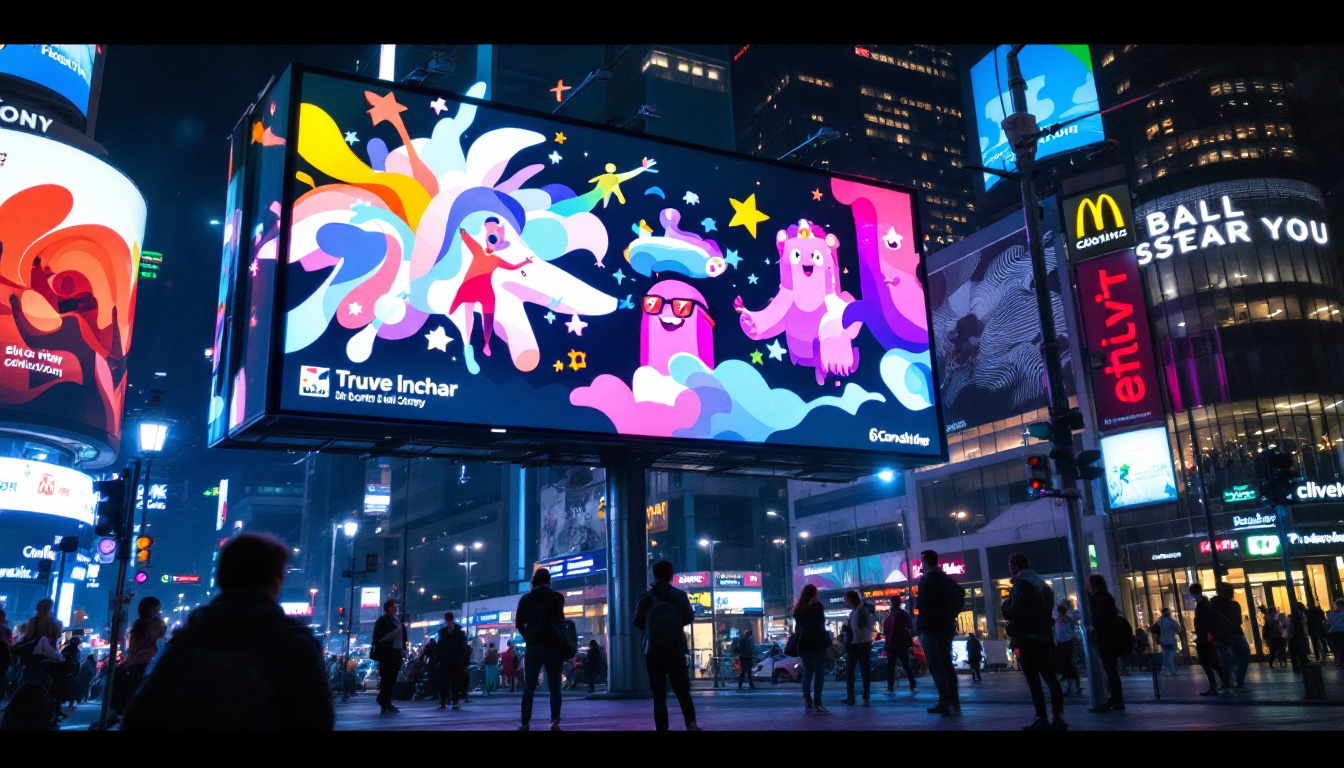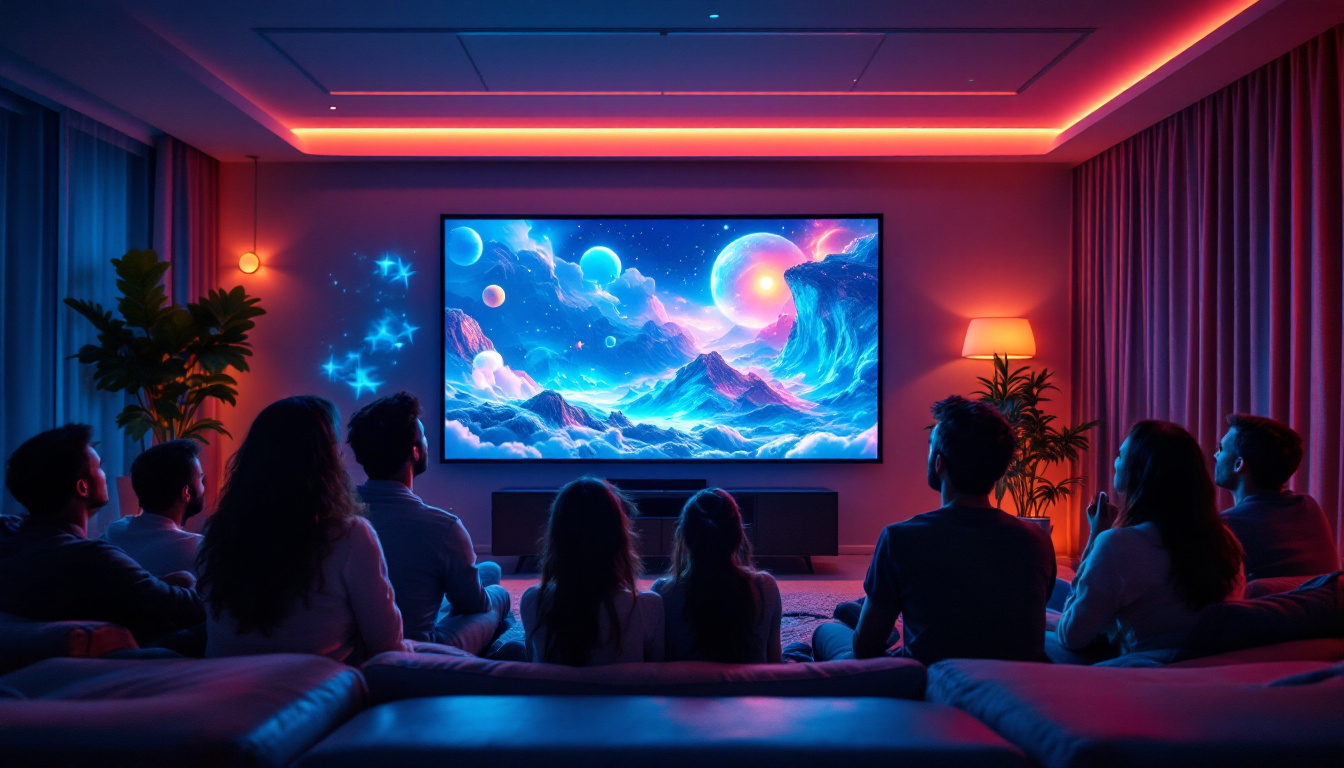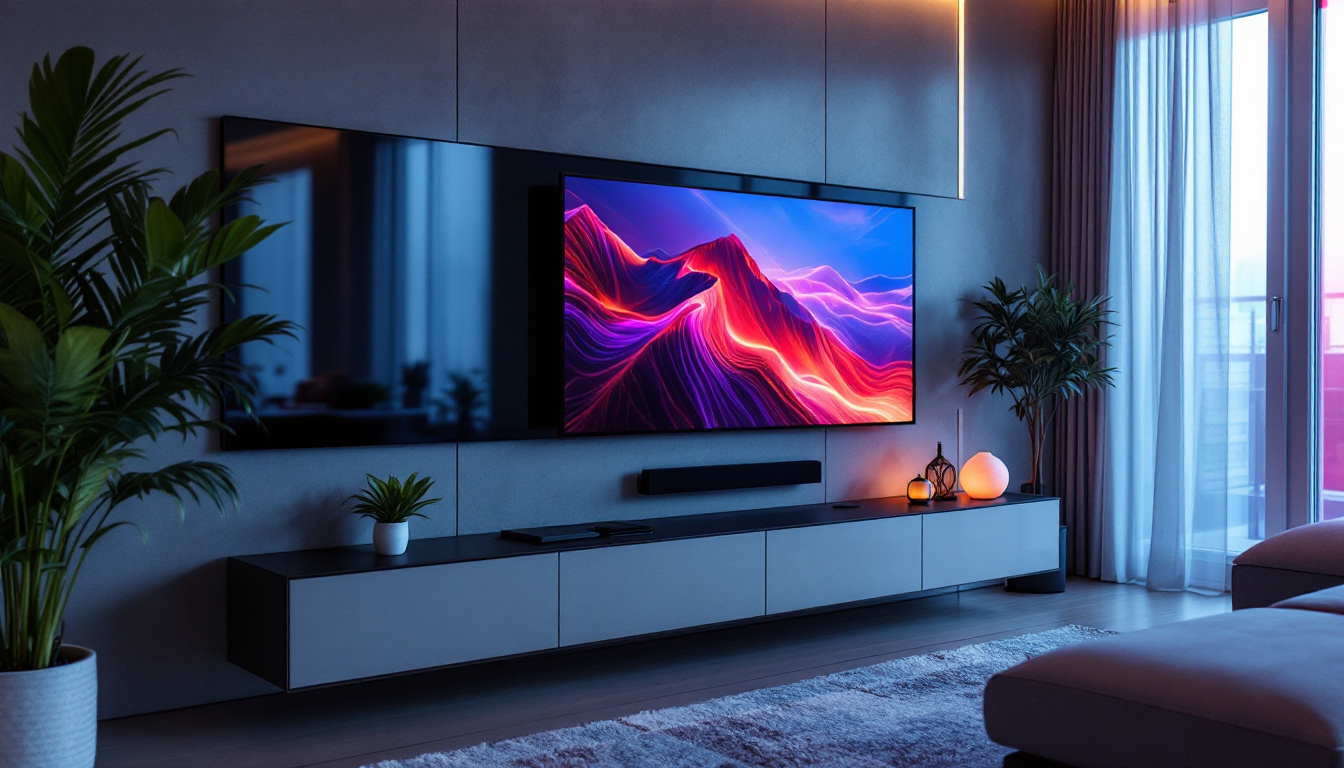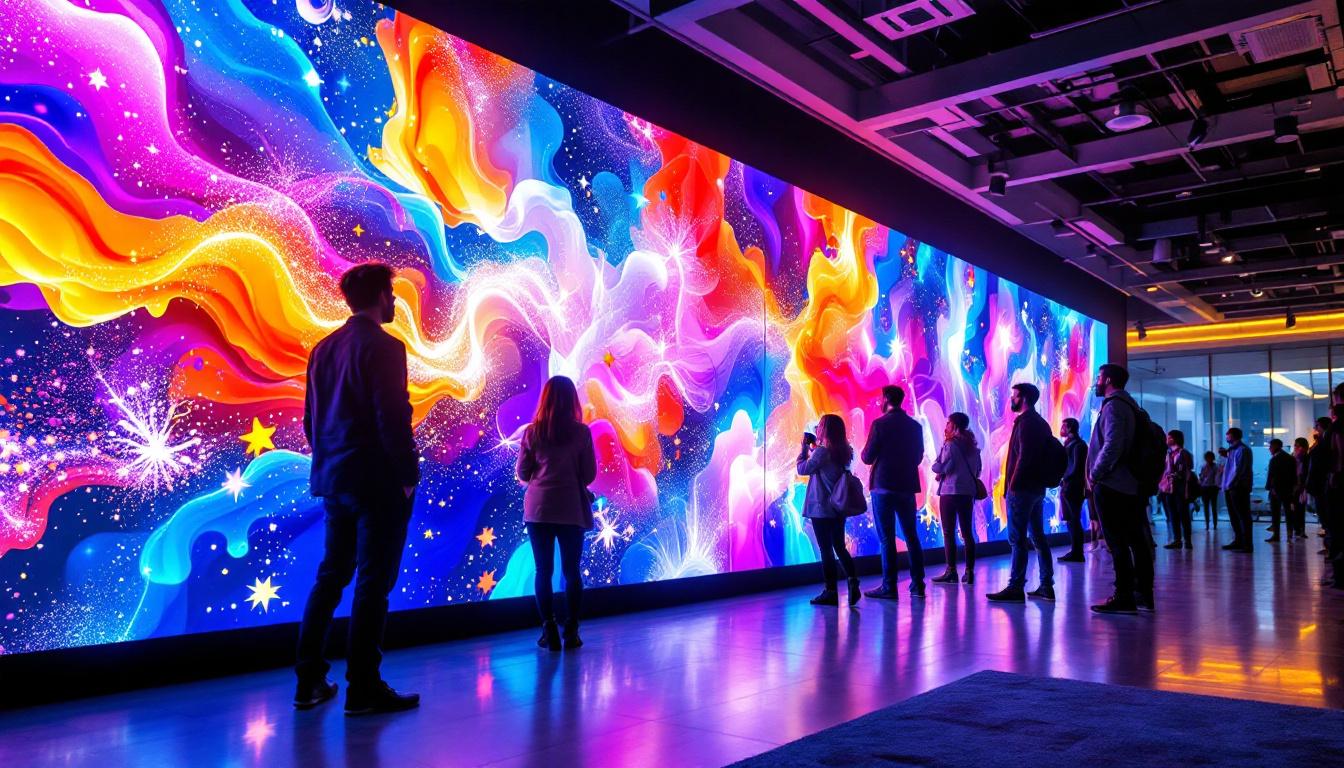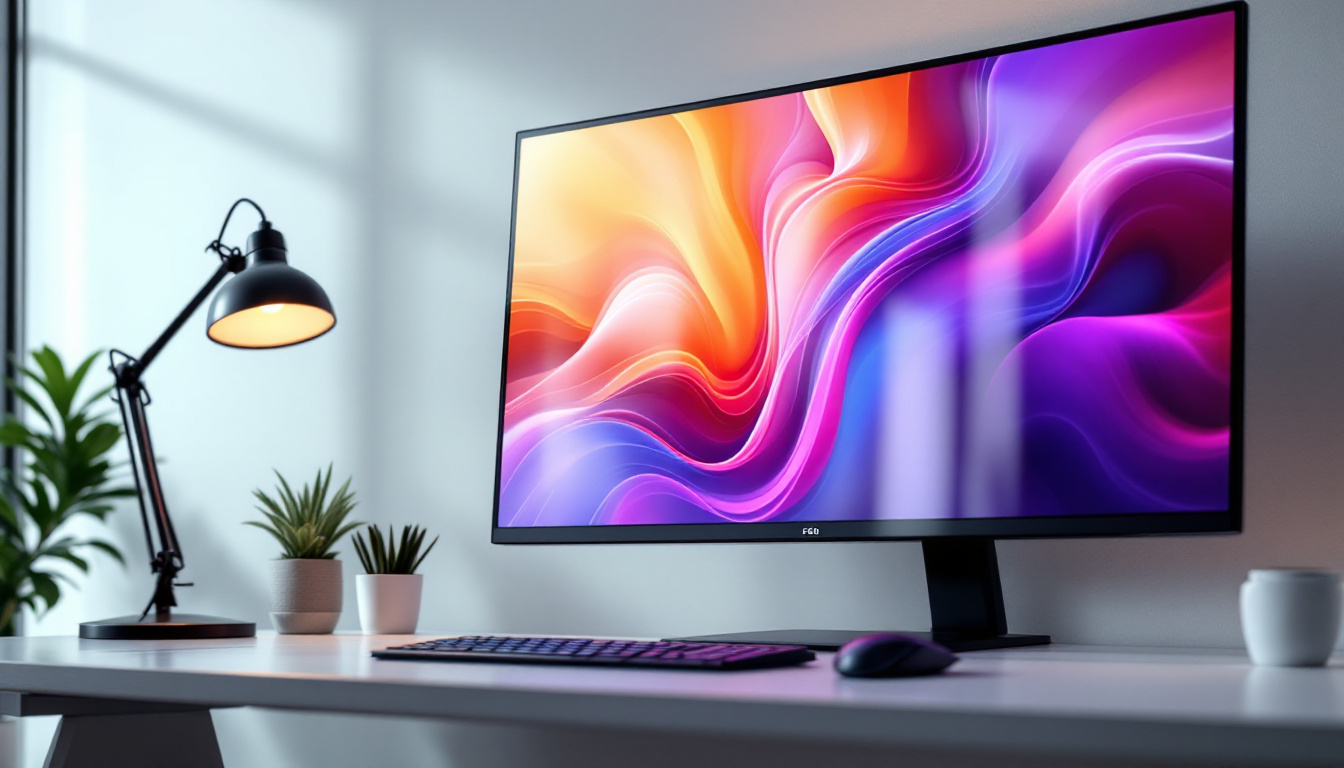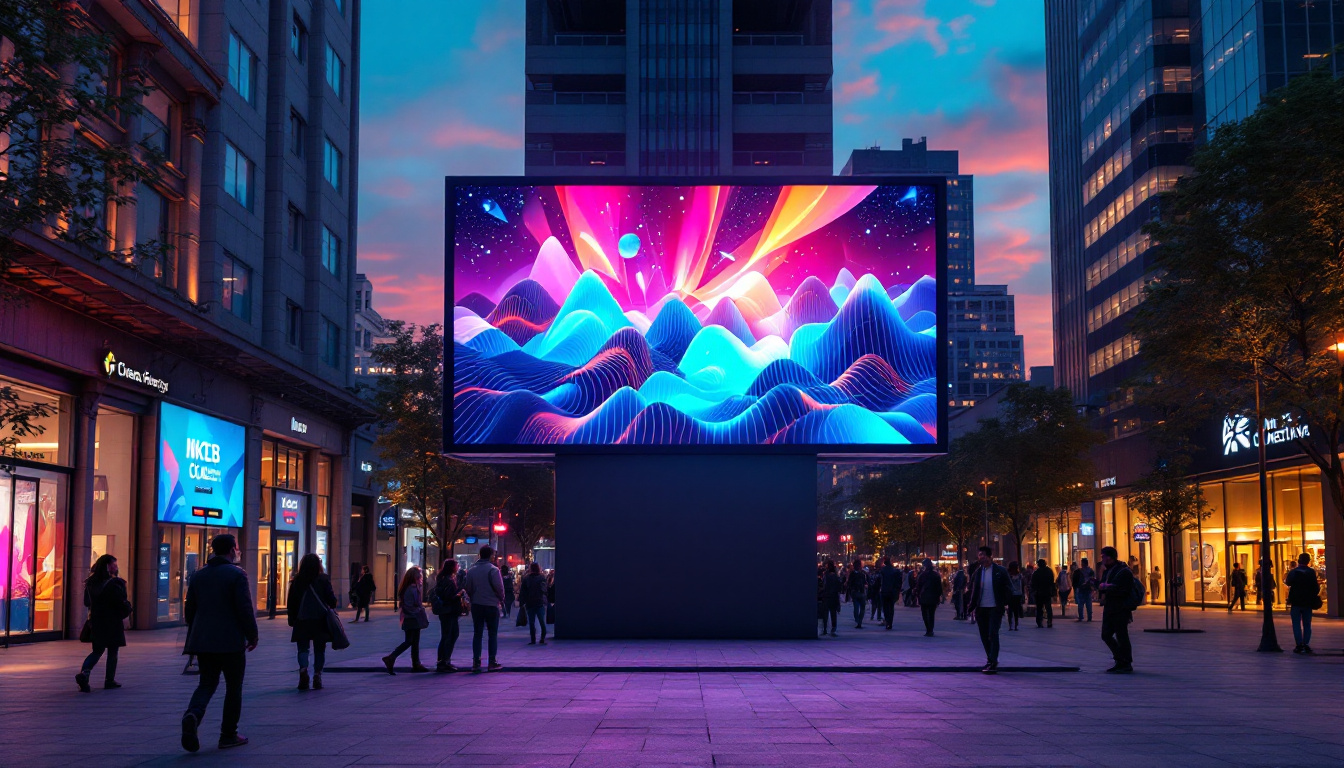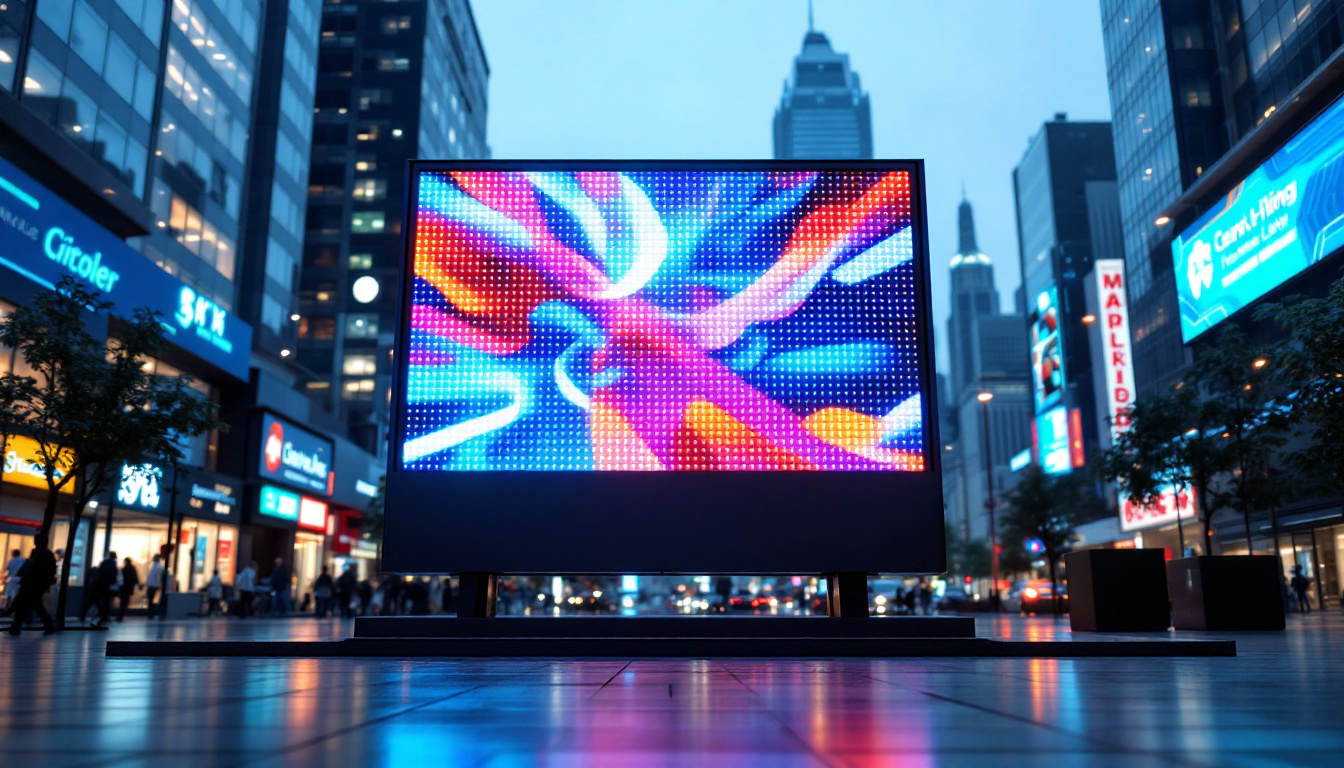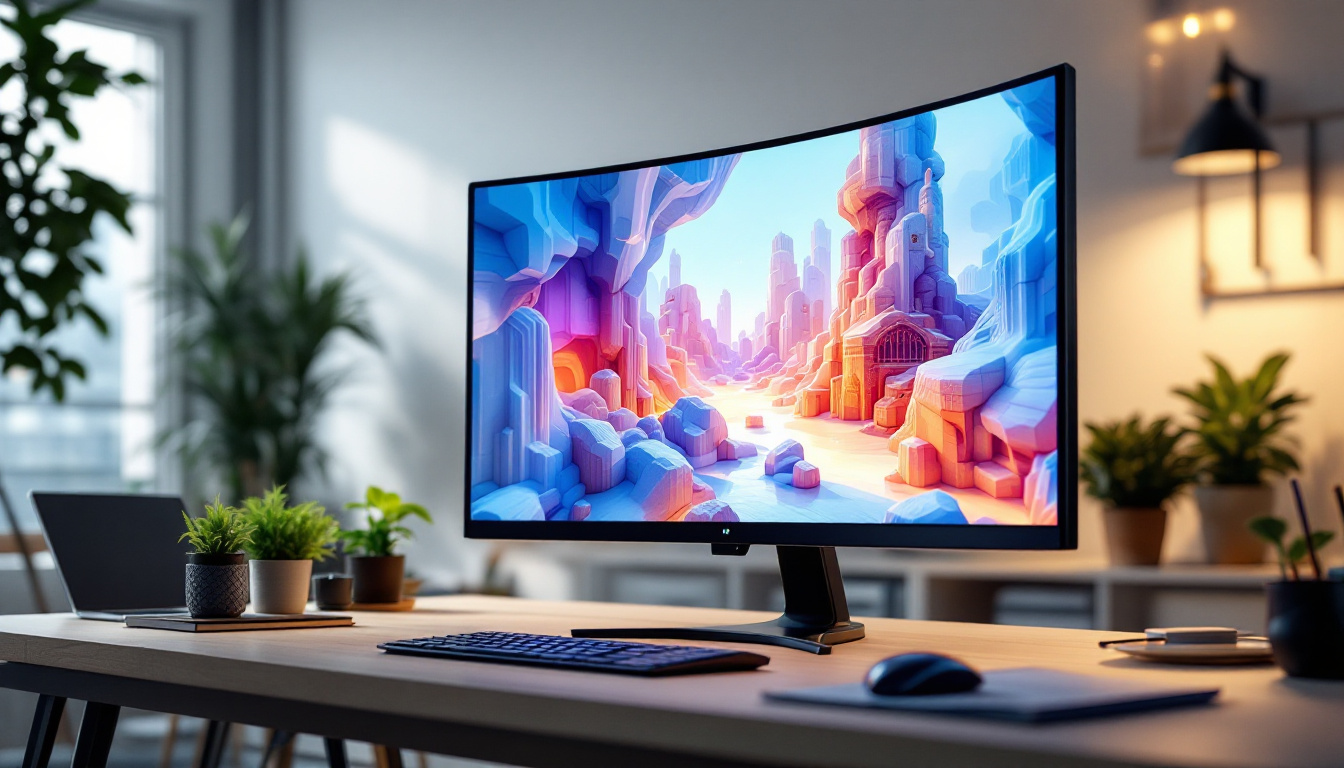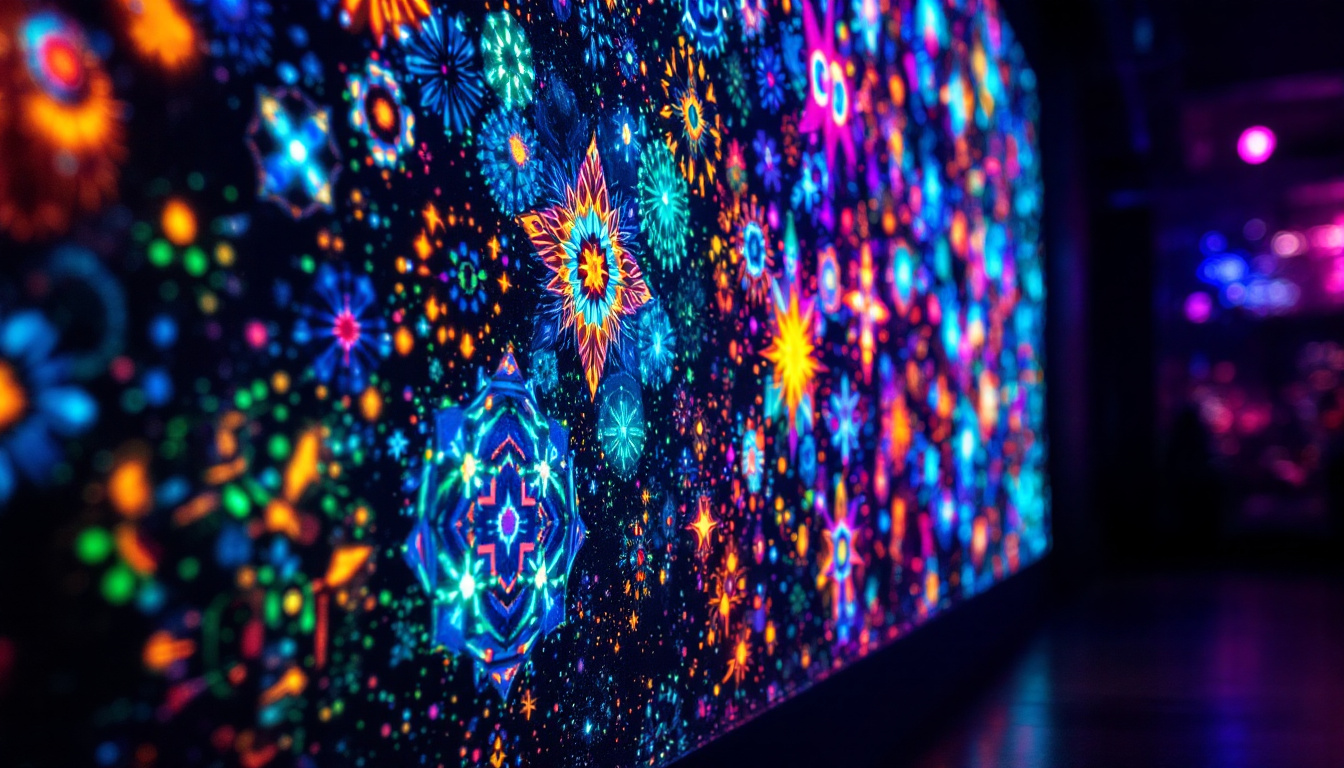In the world of photography, the tools and technologies that photographers use are constantly evolving. One of the most significant advancements in recent years has been the development of LCD and LED displays for cameras. These displays not only enhance the user experience but also play a crucial role in how photographers compose and review their shots. This article delves into the intricacies of LCD displays for cameras, comparing them with LED displays, and exploring their functionalities, advantages, and applications.
Understanding LCD Displays
Liquid Crystal Display (LCD) technology has become a staple in modern cameras. It is widely used for both viewfinders and rear screens, providing a clear and vibrant interface for photographers to interact with their devices.
How LCD Works
LCDs operate by manipulating light through liquid crystals sandwiched between two layers of glass. When an electric current passes through the liquid crystals, they align in such a way that they either block or allow light to pass. This process creates the images that photographers see on their screens. The technology allows for a thin, lightweight display that can produce high-resolution images with excellent color accuracy.
One of the key advantages of LCD technology is its ability to produce sharp images even in bright sunlight. Many modern cameras come equipped with anti-glare coatings that enhance visibility, making it easier for photographers to compose their shots outdoors. Additionally, advancements in LCD technology have led to the development of high-brightness screens that can maintain clarity and color fidelity even under challenging lighting conditions, further enhancing the usability of cameras in various environments.
Benefits of LCD Displays in Cameras
LCD displays offer several benefits that enhance the overall photography experience. First and foremost, they provide a larger viewing area compared to traditional optical viewfinders, allowing for better composition and framing of shots. Additionally, the ability to review images immediately after capturing them is invaluable, as it allows photographers to assess exposure, focus, and composition without delay.
Moreover, LCD screens often feature touch capabilities, enabling intuitive navigation through menus and settings. This user-friendly interface is particularly beneficial for beginners who may find traditional camera controls overwhelming. Furthermore, many LCD displays are adjustable, allowing users to tilt or rotate the screen for better visibility from various angles. This flexibility is especially advantageous for capturing shots from unique perspectives, such as low-angle or overhead compositions, where traditional viewfinders may not suffice. The integration of features like grid overlays and histogram displays on LCD screens also aids photographers in achieving better framing and exposure accuracy, making the LCD an essential tool for both amateur and professional photographers alike.
Exploring LED Displays
Light Emitting Diode (LED) displays are another technology used in cameras, often found in electronic viewfinders (EVFs) and as indicators for various camera functions. While they serve different purposes than LCDs, understanding their role is essential for photographers looking to maximize their equipment’s potential.
How LED Displays Function
LED displays utilize semiconductor technology to emit light when an electric current passes through them. Unlike LCDs, which require a backlight, LEDs generate their own light, resulting in brighter and more vibrant colors. This technology is particularly advantageous in low-light conditions, where traditional LCDs may struggle to provide clear visibility.
In cameras, LED displays are often used for status indicators, such as battery life, shooting modes, and other essential settings. They can also be found in some high-end cameras as part of the electronic viewfinder, offering a seamless transition between the optical and digital realms of photography. The integration of LED technology into viewfinders enhances the shooting experience, allowing photographers to see real-time adjustments and settings with clarity, which is crucial during fast-paced shooting scenarios.
Advantages of LED Displays
One of the primary advantages of LED displays is their energy efficiency. They consume less power than traditional LCDs, which can prolong battery life during extended shooting sessions. This is particularly beneficial for photographers who spend long hours on location, where access to charging facilities may be limited.
Additionally, LED displays can provide superior visibility in challenging lighting conditions. Their brightness and contrast can help photographers see important information without straining their eyes. This feature is especially useful during nighttime shoots or in dimly lit environments. Moreover, the rapid response time of LED technology means that photographers can quickly adjust settings and see the effects immediately, allowing for a more dynamic shooting experience. The ability to see changes in exposure or focus in real-time can be a game-changer, particularly in fast-moving situations such as wildlife photography or sports events.
Another noteworthy aspect of LED displays is their durability. Unlike LCDs, which can be more susceptible to damage from impacts or extreme temperatures, LED technology tends to be more robust. This resilience makes LED displays a preferred choice for outdoor photographers who face varying environmental conditions. Furthermore, many modern LED displays are designed to be more resistant to glare, enhancing usability in bright sunlight, where traditional screens might wash out. This combination of durability and functionality ensures that photographers can rely on their equipment in a wide range of settings, from bustling city streets to serene natural landscapes.
Comparing LCD and LED Displays
While both LCD and LED displays have their unique advantages, understanding the differences between the two can help photographers make informed decisions regarding their equipment.
Image Quality and Visibility
When it comes to image quality, LCDs typically offer better color reproduction and resolution than LED displays. However, LED displays shine in terms of brightness and visibility, especially in low-light situations. For photographers who often shoot in varied lighting conditions, having a combination of both display types can be beneficial.
Moreover, LCDs tend to have wider viewing angles, allowing multiple people to view the screen simultaneously without significant color distortion. This can be particularly useful during group shoots or workshops where collaboration is key.
Durability and Longevity
Durability is another important factor to consider. LCD displays can be more susceptible to damage from impacts or scratches, while LED displays are generally more robust due to their solid-state nature. Photographers who frequently work in rugged environments may prefer cameras with LED displays for their resilience.
Additionally, LED technology tends to have a longer lifespan compared to LCDs, which can degrade over time. This longevity can be a significant factor for professional photographers who rely on their equipment for extended periods.
Applications of LCD and LED Displays in Photography
Both LCD and LED displays have found their place in various photography applications, from casual shooting to professional work. Understanding their uses can help photographers optimize their workflows and enhance their creative processes.
Professional Photography
In professional settings, where precision and accuracy are paramount, the combination of LCD and LED displays can provide photographers with the tools they need to excel. LCDs allow for detailed image review, while LED indicators provide essential information at a glance, ensuring that photographers can focus on their craft without unnecessary distractions.
Moreover, many professional cameras now incorporate advanced features such as live view modes and focus peaking, which rely heavily on LCD technology. These features enable photographers to achieve greater control over their compositions and ensure that they capture the perfect shot every time.
Casual and Hobbyist Photography
For casual photographers and hobbyists, the user-friendly nature of LCD displays makes them an excellent choice. The ability to quickly review images and navigate through settings can enhance the overall shooting experience. Additionally, touch screens have become increasingly popular in consumer cameras, allowing users to interact with their devices in an intuitive manner.
LED displays also play a role in this segment, providing essential information without overwhelming users with complex menus. The simplicity of LED indicators helps hobbyists focus on the creative aspects of photography rather than getting bogged down by technical details.
The Future of Display Technology in Cameras
As technology continues to advance, the future of display technology in cameras looks promising. Innovations in both LCD and LED displays are expected to enhance the user experience and improve overall functionality.
Emerging Trends
One emerging trend is the integration of OLED (Organic Light Emitting Diode) technology, which combines the benefits of both LCD and LED displays. OLED displays offer superior color accuracy, contrast ratios, and viewing angles, making them an attractive option for high-end cameras. This technology can provide photographers with an even more immersive experience, allowing them to see their images in stunning detail.
Additionally, advancements in touch screen technology are likely to continue, making interfaces more responsive and user-friendly. This could lead to cameras that are not only easier to use but also more adaptable to the needs of individual photographers.
Conclusion
In conclusion, both LCD and LED displays play vital roles in modern photography, each offering unique advantages that cater to different needs and preferences. Understanding the functionalities and applications of these display technologies can empower photographers to choose the right equipment for their specific requirements. As technology continues to evolve, the future of camera displays promises even greater enhancements, ensuring that photographers can capture their visions with clarity and precision.
Ultimately, whether a photographer prefers the vibrant colors of an LCD or the brightness of an LED, the choice should align with their shooting style and the environments in which they operate. By staying informed about these technologies, photographers can make decisions that enhance their creativity and elevate their work to new heights.
Discover LumenMatrix’s Advanced LED Display Solutions
As you consider the impact of display technologies on your photography, why not experience the pinnacle of LED innovation with LumenMatrix? Our extensive range of LED display modules, from Indoor and Outdoor LED Walls to specialized solutions like Vehicle and Sports Displays, is designed to bring your visual storytelling to life. Whether you’re looking to create immersive experiences with a Custom LED Display or captivate passersby with a Transparent LED Display, LumenMatrix is committed to enhancing your brand’s visibility with unparalleled clarity and vibrancy. Check out LumenMatrix LED Display Solutions and see how we can transform your visual communication into an art form.





